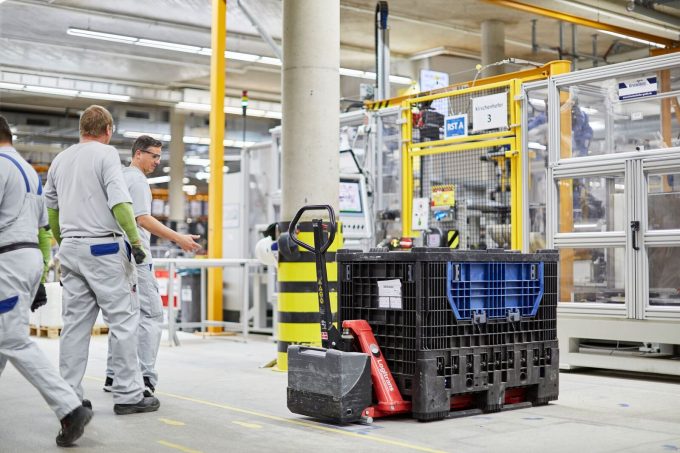Cargo Integrity Group reveals the most dangerous cargo found in containers
A list of 15 of the most dangerous cargo types commonly carried in containers has ...

The automotive industry will be able to transport lithium-ion batteries in a safer and more sustainable way following the launch of new re-usable packaging.
Developed by Chep, with original equipment manufacturers (OEMs), the packaging will help prevent fires, one of the biggest problems in the transport of ...

Comment on this article